Murayama lab. conducts studies on environmental policy and planning. Keywords in our research include risk assessment and management, environmental and risk communication, environmental assessment, policy dialogue, and social decision making.
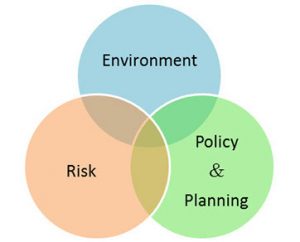
Research Fields of Murayama Lab.
Evaluation and Management of Environmental Risks from Socio-Economic Point of View
There are various environmental risks in our society. Due to insufficient data and information, it would be gradually getting difficult to make appropriate decision from only scientific judgment. That’s why we estimate risks based on objective data and examine the way of risk assessment and management considering public concerns about risks. In addition, we aim to manage risks effectively and establish a system led by ‘regulatory science’.
Research topics include;
-
- Evaluation and management of environmental risks induced by specific substances and sources such as asbestos
- Socio-economic approach for risk management
- Development of risk management for multiple sources in municipal scale
- Practical methods based on precautionary principle or precautionary approach
- Historical sociology of environmental risk management
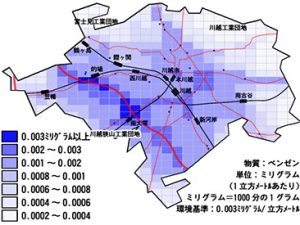
Estimation of annual average concentration of Benzene using Geographical Information System (GIS)
Environmental Impact Assessment
We also deal with researches on the basic framework, evaluation methods, and process of public participation in EIA. Recently, we focus on Strategic Environmental Assessment (SEA) as well as environmental and social consideration on official assistance for developing countries. Another topics include coordination between EIA and risk assessment for accidents of large-scale facilities and disasters, Social Impact Assessment (SIA) as well as Regulatory Impact Assessment (RIA).
One of the case studies is EIA review system in Taiwan. We analyze the effects of the system from the viewpoints of scientific judgments as well as democratic process through stakeholder consultation.
Another case is environmental and social considerations for the Nam Theun 2 dam project in Laos funded by World Bank. Through document surveys and field interviews, we examine the effects and issues of the project.
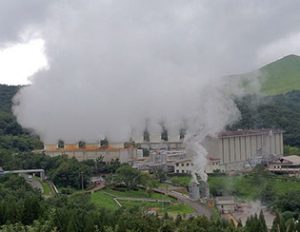
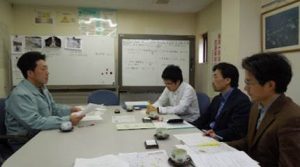
Interview at a plant(Yanaidu-Nishiyama, Fukushima Pref.)
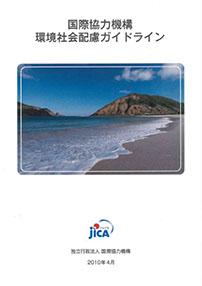
Environmental Communication and Consensus-Making
In order to resolve environmental issues, we need to have enough communication among multiple stakeholders and establish consensus making system. For that reason, we conduct experimental analysis especially in environmental risk communication. Picture 1 shows a public communication in the city of Kawagoe, Saitama. Through these cases, we examine the establishment and process of systems for policy and planning making.
After the Great East Japan Earthquake and Fukushima Daiichi Nuclear Accidents in 2011, we also conduct risk communication concerning radioactive materials.
By the other research methods such as interview with stakeholders, we also examine consensus making system. One of the case studies is consensus building in geothermal development project.
Research topics include;
- Environmental communication for environmental burdens from specific facilities
- Risk communication for multiple sources in municipal scale
- Socio-economic impacts and risk communication for radiation risks
- Practical approach through involvement in policy dialogue on chemical substance management
- Siting issues of waste management facilities considering scientific and democratic aspects.
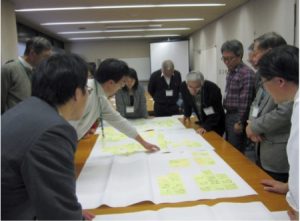
Case of Risk Communication on Chemical Substances